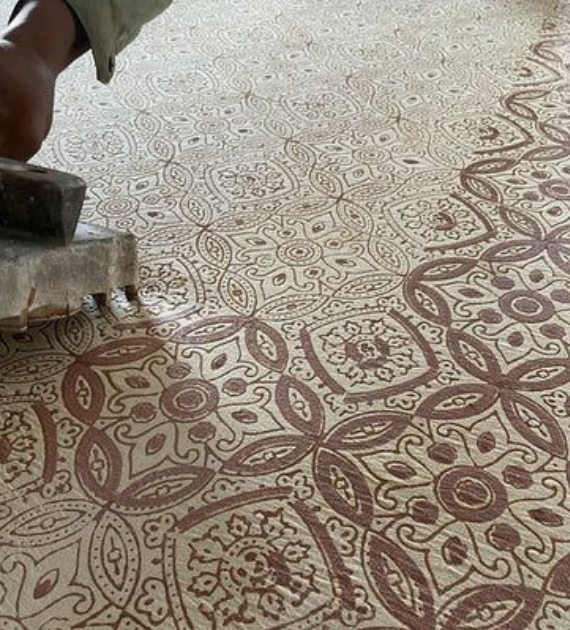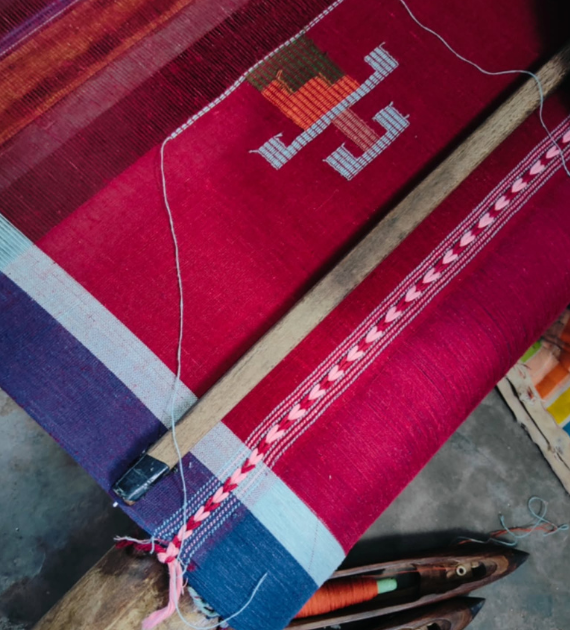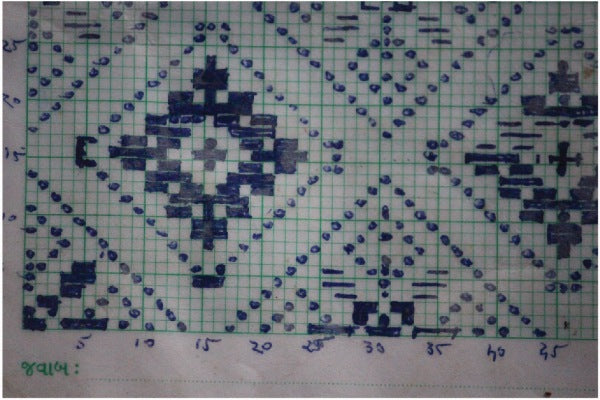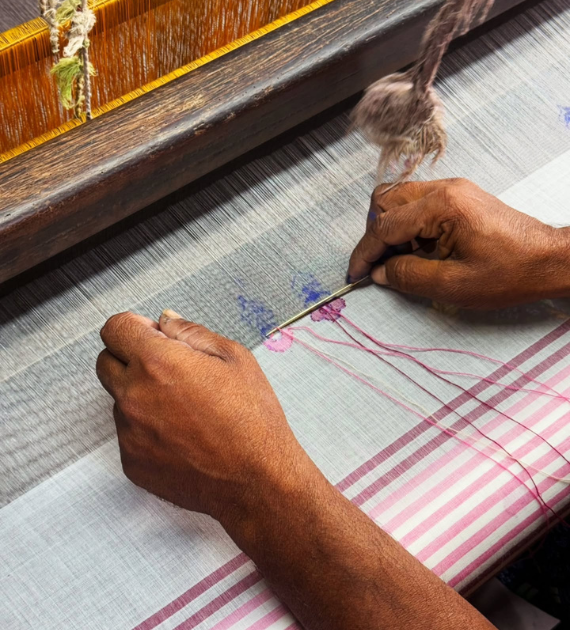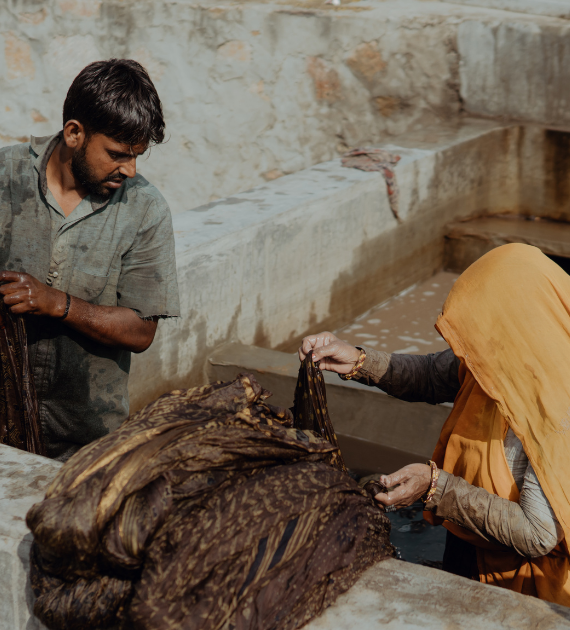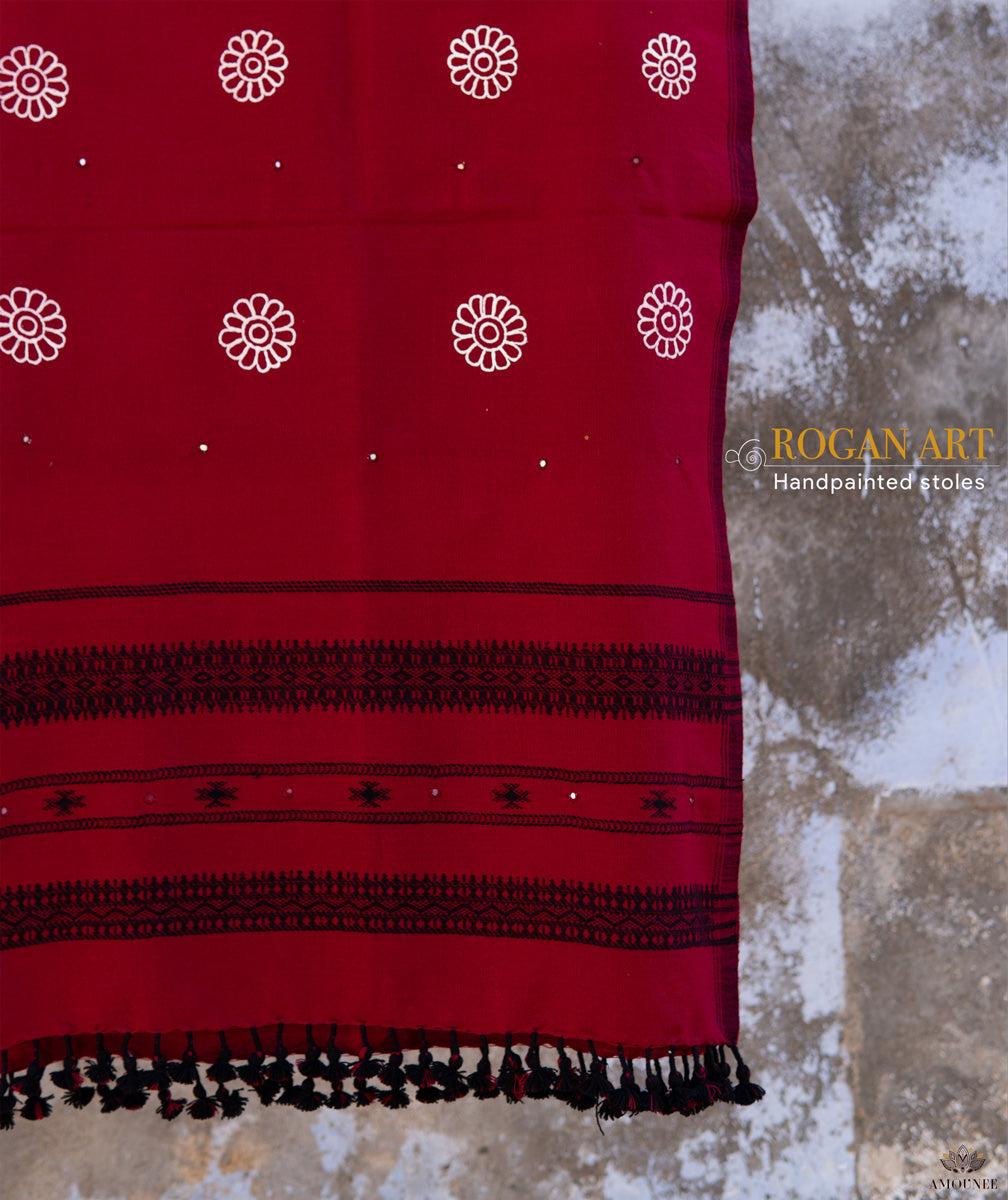Sort by:
ROGAN ART STOLE
Rs. 6,710.00
Made by : Rizwan Bhai This product is hand painted and may have slight irregularities that are a natural outcome of the human involvement in the process. SHIPPING INFO: Dispatched...
ROGAN ART STOLE
Rs. 6,710.00
Made by : Rizwan Bhai This product is hand painted and may have slight irregularities that are a natural outcome of the human involvement in the process. SHIPPING INFO: Dispatched...
ROGAN ART STOLE
Rs. 6,710.00
Made by : Rizwan Bhai This product is hand painted and may have slight irregularities that are a natural outcome of the human involvement in the process. SHIPPING INFO: Dispatched...
ROGAN ART STOLE
Rs. 6,710.00
Made by : Rizwan Bhai This product is hand painted and may have slight irregularities that are a natural outcome of the human involvement in the process. SHIPPING INFO: Dispatched...
ROGAN ART STOLE
Rs. 6,710.00
Made by : Rizwan Bhai This product is hand painted and may have slight irregularities that are a natural outcome of the human involvement in the process. SHIPPING INFO: Dispatched...
ROGAN ART STOLE
Rs. 7,700.00
Made by : Rizwan Bhai This product is hand painted and may have slight irregularities that are a natural outcome of the human involvement in the process. SHIPPING INFO: Dispatched...
ROGAN ART STOLE
Rs. 7,700.00
Made by : Rizwan Bhai This product is hand painted and may have slight irregularities that are a natural outcome of the human involvement in the process. SHIPPING INFO: Dispatched...
ROGAN ART STOLE
Rs. 7,700.00
Made by : Rizwan Bhai This product is hand painted and may have slight irregularities that are a natural outcome of the human involvement in the process. SHIPPING INFO: Dispatched...
ROGAN ART STOLE
Rs. 7,700.00
Made by : Rizwan Bhai This product is hand painted and may have slight irregularities that are a natural outcome of the human involvement in the process. SHIPPING INFO: Dispatched...
ROGAN ART STOLE
Rs. 7,700.00
Made by : Rizwan Bhai This product is hand painted and may have slight irregularities that are a natural outcome of the human involvement in the process. SHIPPING INFO: Dispatched...


